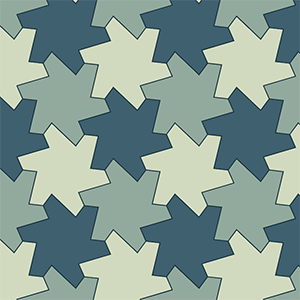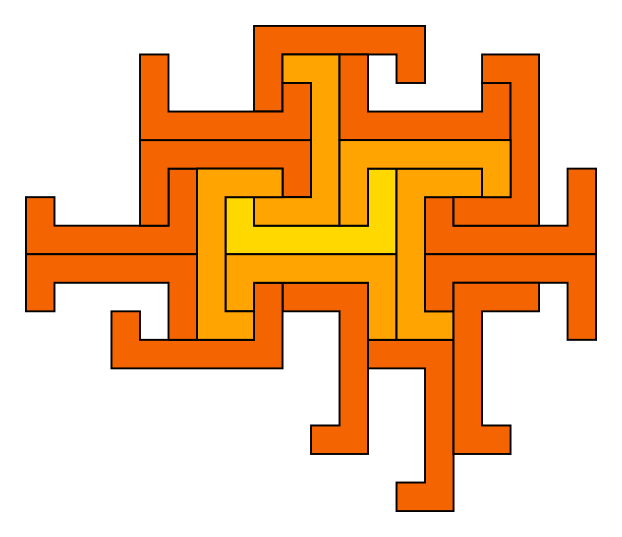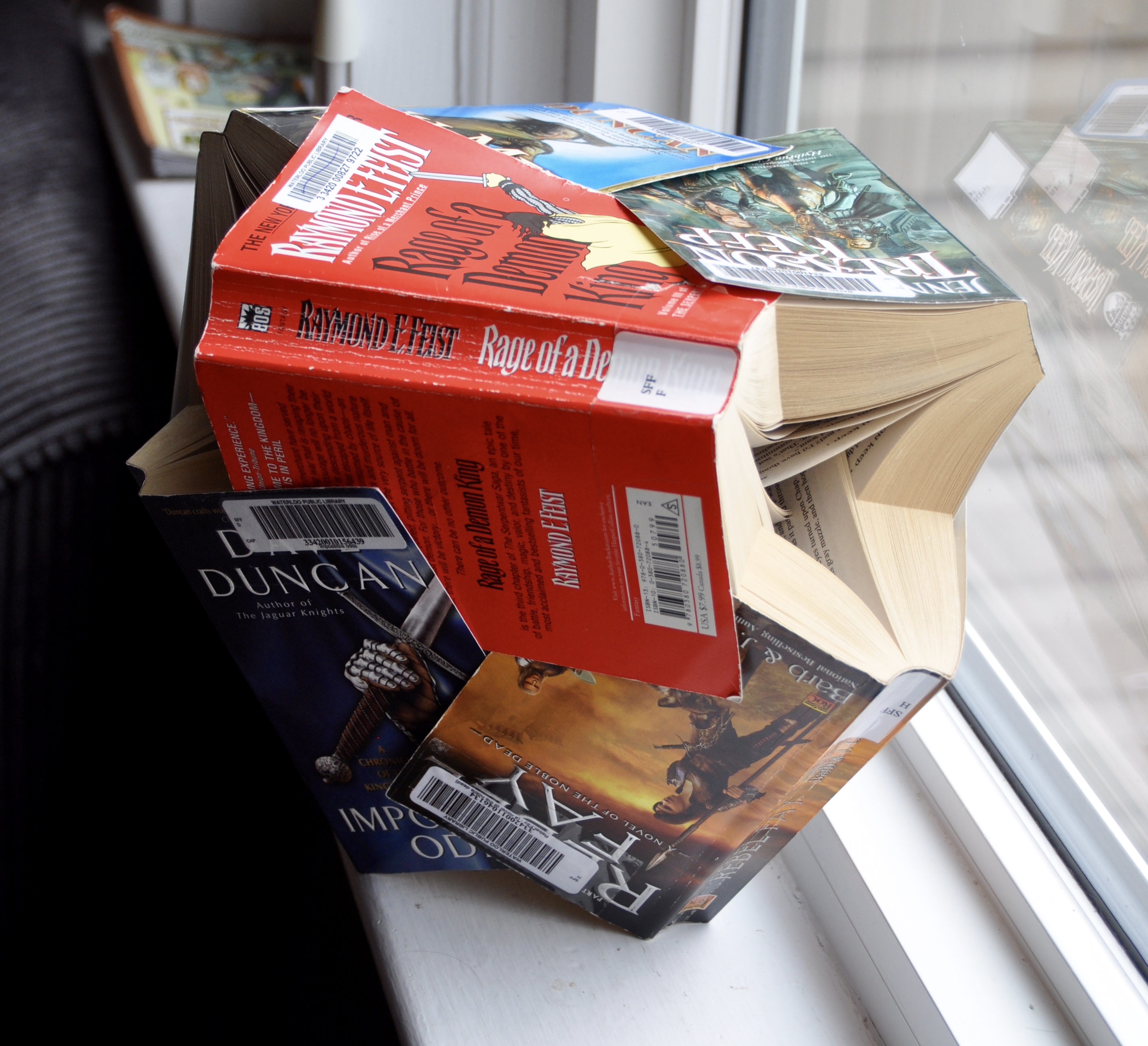Category: Geometry
-

At least year’s Bridges Conference in Stockholm, I attended a short presentation by Susan Goldstine about “self-diagramming lace”. As motivation for the new work she was presenting, Susan referenced her paper from the year before on what she calls “symmetry samplers”. Samplers are an old tradition in fibre arts. A symmetry sampler combines small swatches…
-

This post is the fourth and final one in a series about Heesch numbers. Part 1 was a general introduction, and would be a good starting point if you’re unfamiliar with the topic. Part 2 covered exhaustive computations of Heesch numbers of polyominoes and polyiamonds, and likely isn’t needed to understand this final chapter. Part…
-
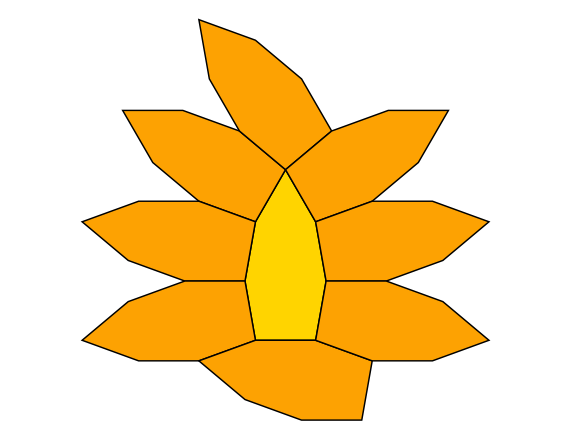
This is the third post in a planned series of four about Heesch numbers. In the first post, I introduced some of the basic ideas behind Heesch numbers; if you’re not familiar with the topic, you may want to read it before coming back here. The second post was about Heesch numbers of simple polyforms…
-

I love tiling theory. It’s a branch of mathematics that brings together many beautiful ideas, and that offers a lot of open questions for exploration. And of course, it gives us tools to apply mathematics in the world of art and design. Normally, in my research as a computer scientist I apply tiling theory to create…
-

Anybody who has attended a Bridges conference in past ten years will be familiar with the work of Rinus Roelofs. His talks always offer an entertaining contrast: stunning and inspiring ideas in the intersection of geometry and art, balanced with his humble, low-key delivery. It was also Rinus who suggested that I try Rhino3D for…
-

In 1989 I attended Shad Valley, a one-month Canadian summer program for high school students. I spent a month living on the UBC campus. Basically it was Nerd Camp, though perhaps with a more diverse range of interests and talents than you might expect from the nerd stereotype, and with a definite entrepreneurial bent. It…
-
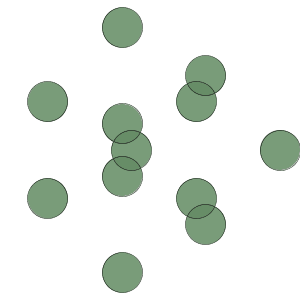
I’ve been having fun experimenting with interesting visual patterns that emerge when multiple points are moved around hypocycloids. I ended up writing a Bridges conference paper on the topic, but the animated quality of the results is so crucial that it seemed absolutely necessary to create a web page to showcase the results. I had…
-

The photo above is a paper model of a polyhedron that I just assembled. The model consists of four dodecagons (12-sided regular polygons) and 12 decagons (10-sided regular polygons). The holes are 28 equilateral triangles that in theory could be filled with more paper. This polyhedron has a few symmetries, and it’s customary in such…

